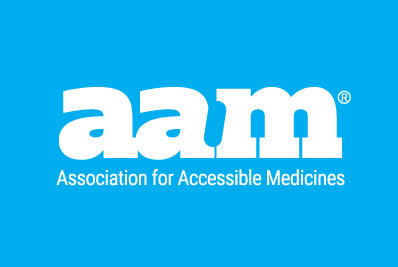Over ten years ago, Congress created the FDA’s user fee programs for generic and biosimilar medicines when it enacted Generic Drug User Fee Amendments (GDUFA) and The Biosimilar User Fee Act (BsUFA) as part of the FDA Safety and Innovation Act of 2012.
For generic drugs, the number of applications submitted to the FDA had increased substantially since enactment of the Hatch-Waxman Act – when FDA’s review of abbreviated new drug applications (ANDA) was often slow and unpredictable. For biosimilar medicines, FDA’s approval pathway for these new treatments had been created as part of the Biologics Price Competition and Innovation Act (BPCIA) in 2010.
With passage of the first GDUFA and BsUFA in 2012, Congress helped ensure the FDA would have sufficient resources to carry out its mission.
After more than a decade of the Generic and Biosimilar programs at the FDA, the generic and biosimilar industry has provided more than $4 billion for review and approval of lower-cost treatments for America’s patients. The result is more than $3 trillion in savings to patients – including $445 billion in savings in 2023 for patients the U.S. healthcare system via FDA-approved generic and biosimilar medicines. Additionally, savings from biosimilar medicines alone increased to $12.4 billion in 2023 and $36 billion since the first biosimilar entry in 2015 – bringing along a dramatic increase in patient access to life-saving treatments.
FDA approved generic and biosimilar medicines saved America’s patients and the U.S. healthcare system $445 billion in 2023—and over $3 trillion in the last decade.
Receive relevant industry news, event information and the latest resources on biosimilars and generic medicines.
© 2025 Association for Accessible Medicines (AAM), All Rights Reserved
Privacy Policy | Terms of Use | Contact
For the latest updates, follow us on social media.
